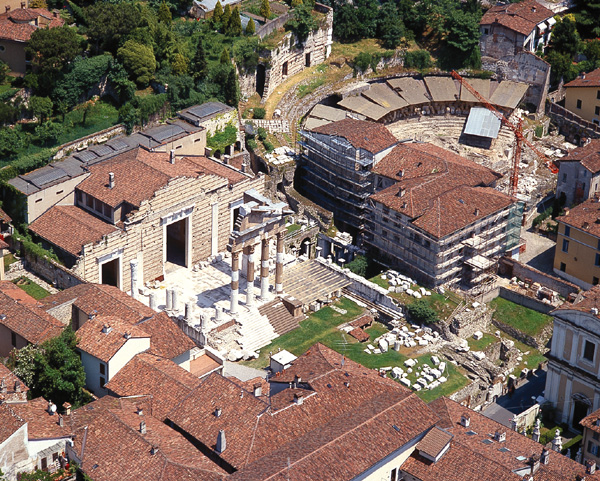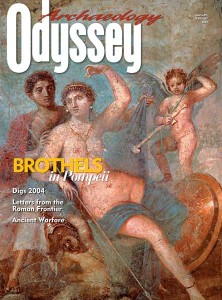They Turn Up in the Oddest Places

It’s not often that curators discover ancient ruins beneath their museums.
In 1967 archaeologists in the northern Italian city of Brescia sank an exploratory trench in a large courtyard of the Santa Giulia Museum, which is housed in a former Benedictine monastery dating from the eighth century A.D. Digging in the monks’ old vegetable garden, the excavators found two ancient Roman houses built between the first century B.C. and 400 A.D.
Archaeologists restored one of the houses, the Domus di Dionisio (House of Dionysus), between 1967 and 1971. Further excavation was delayed until 1998, when the museum launched a $3.5-million remodeling project, and work was resumed on the ancient structures. The team then conserved the second house, called the Domus delle Fontane (House of the Fountain). Recently, a third house has been unearthed, and more are known to exist.
“Most archaeological sites have to build a museum near the ruins. We had the museum and found the ruins,” remarked Angelo Maria Ardovino, the superintendent for the archaeological heritage of Lombardy.
Already a library member? Log in here.
Institution user? Log in with your IP address.

